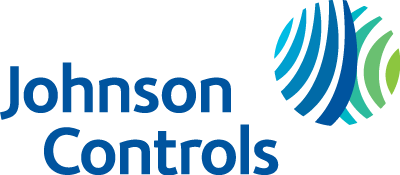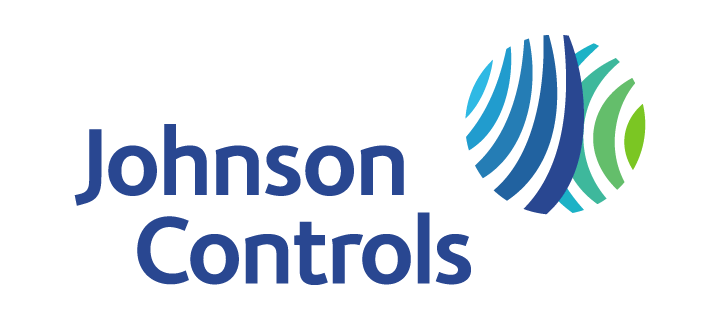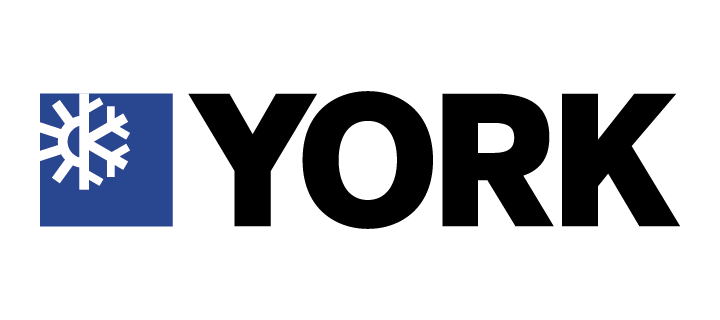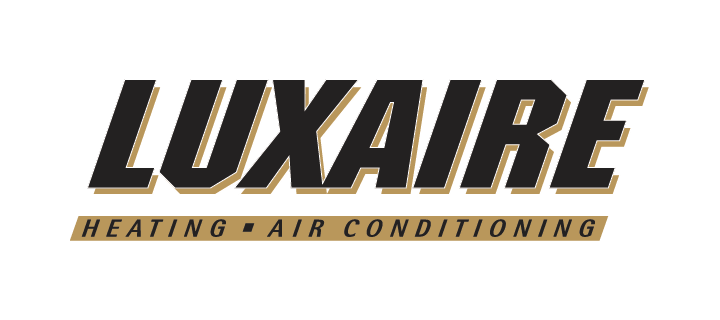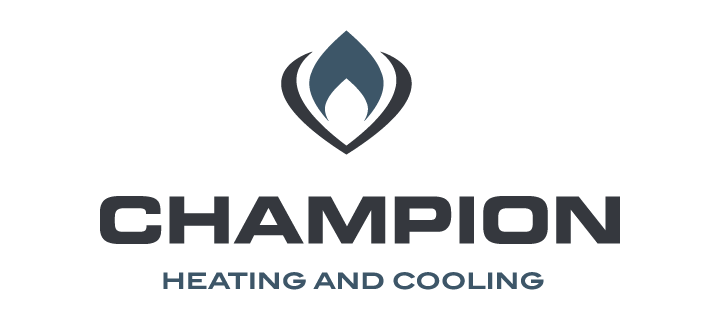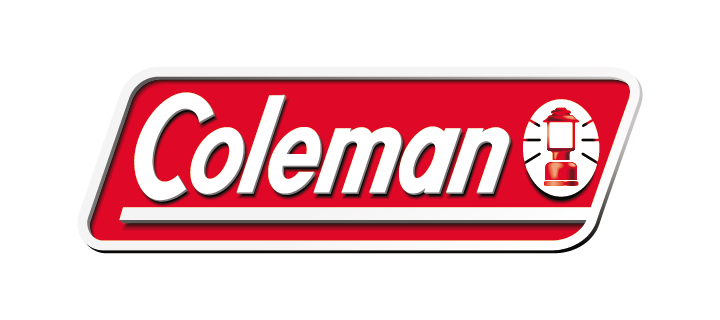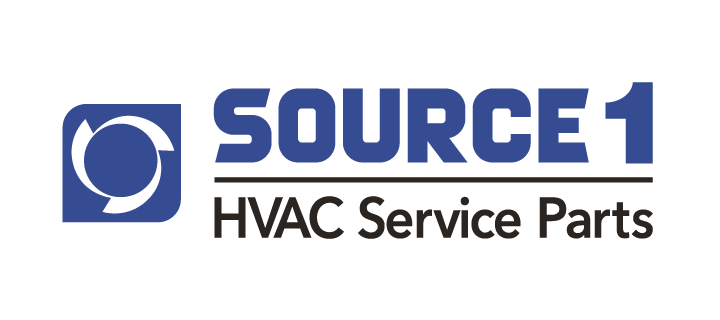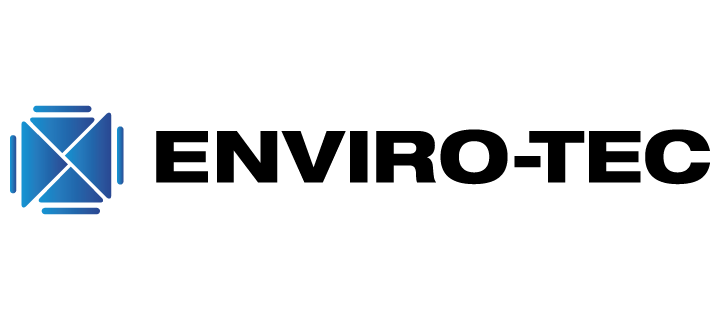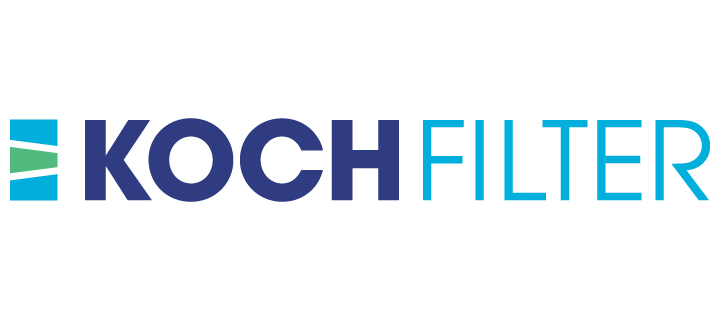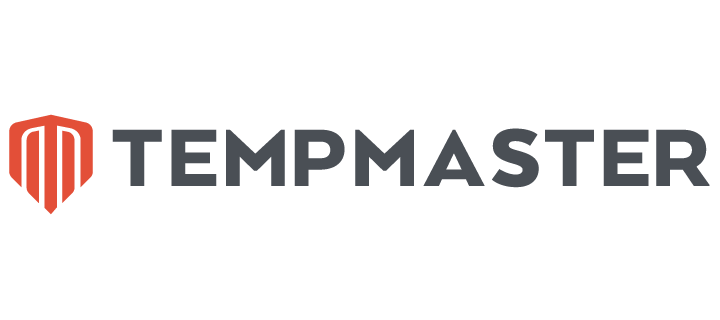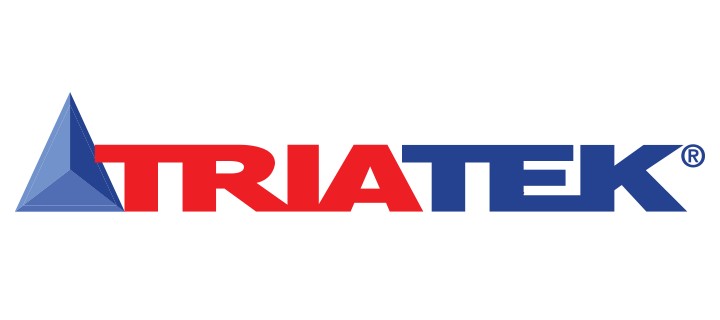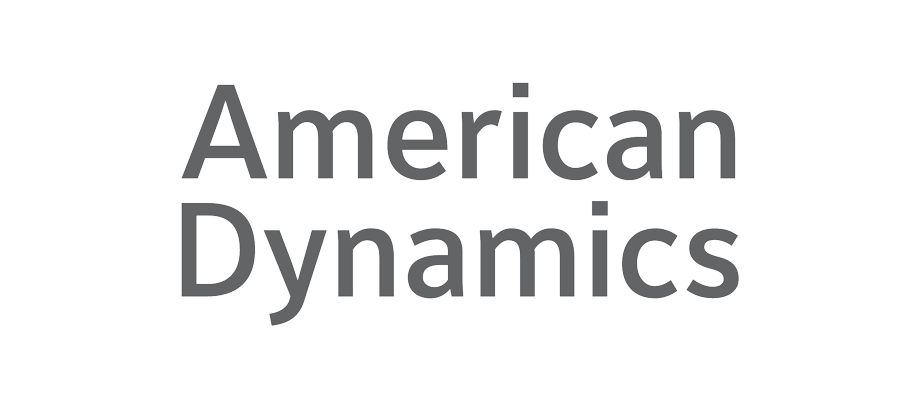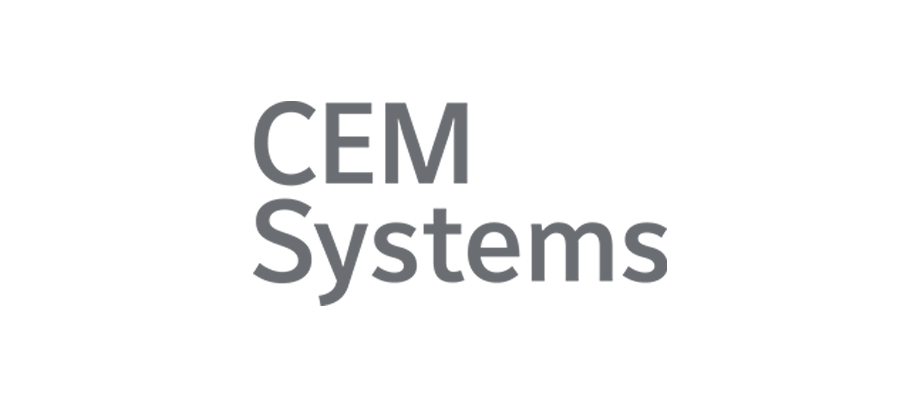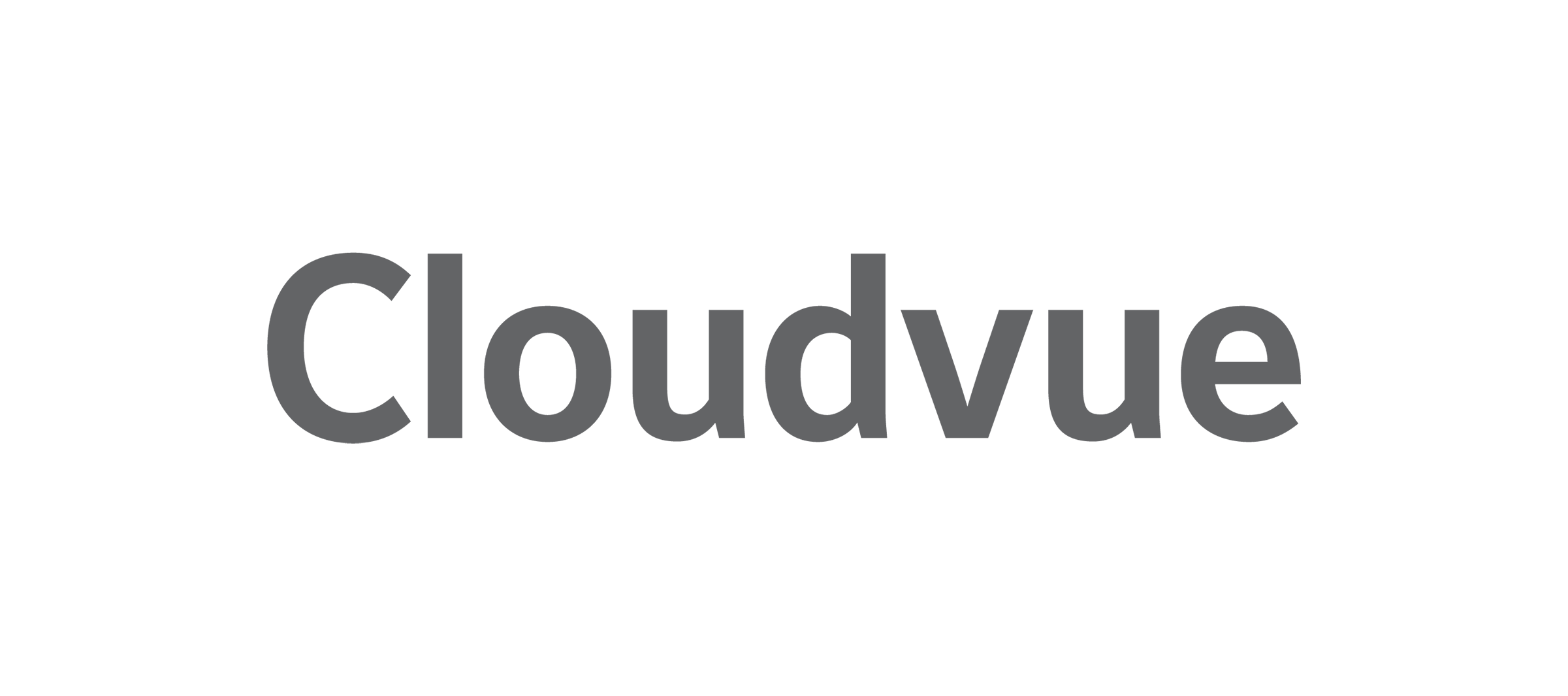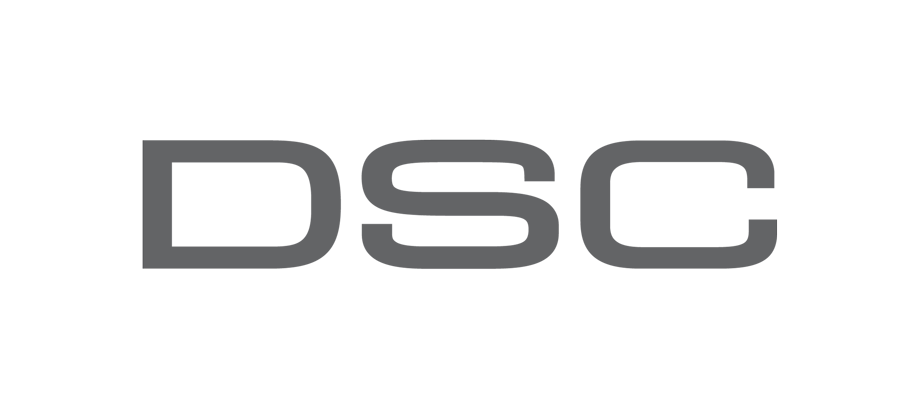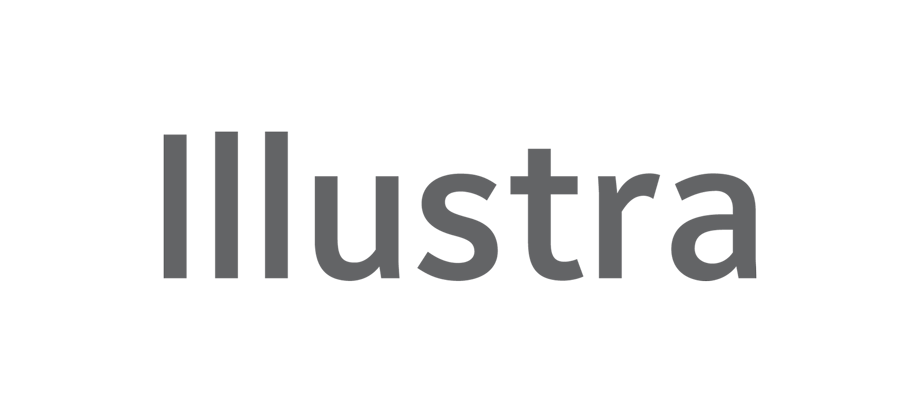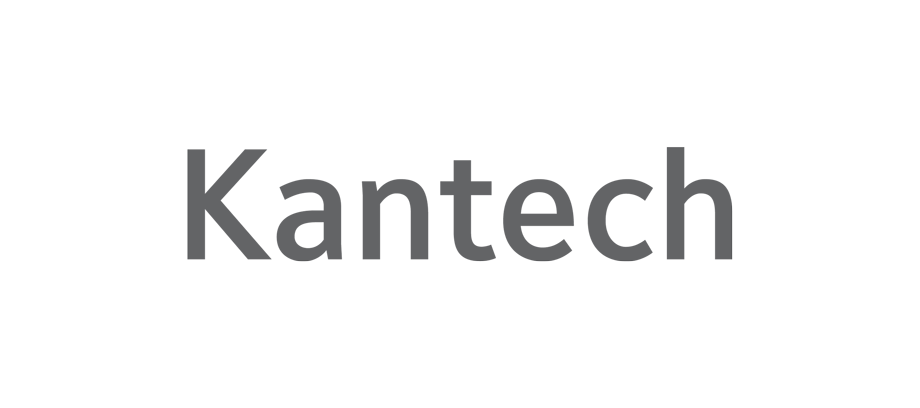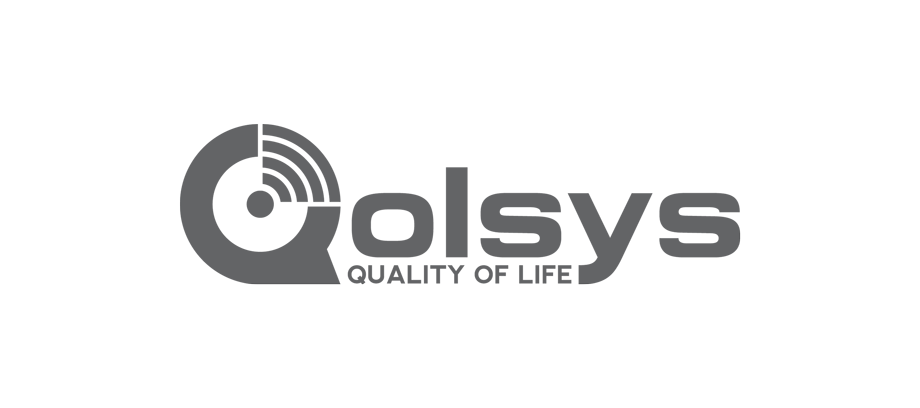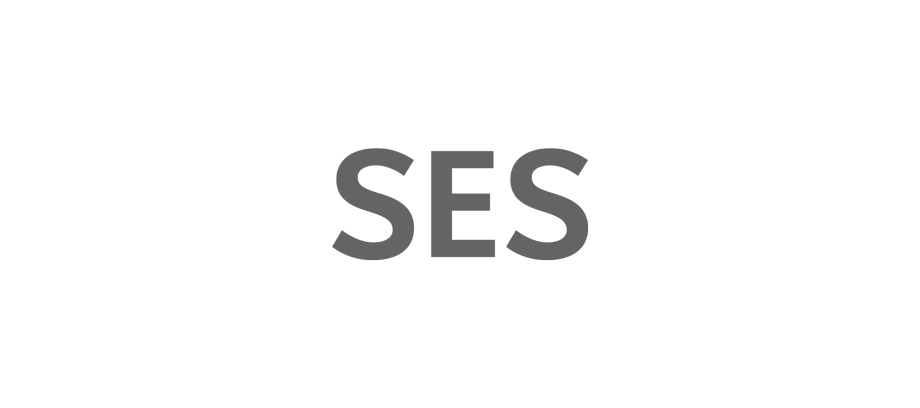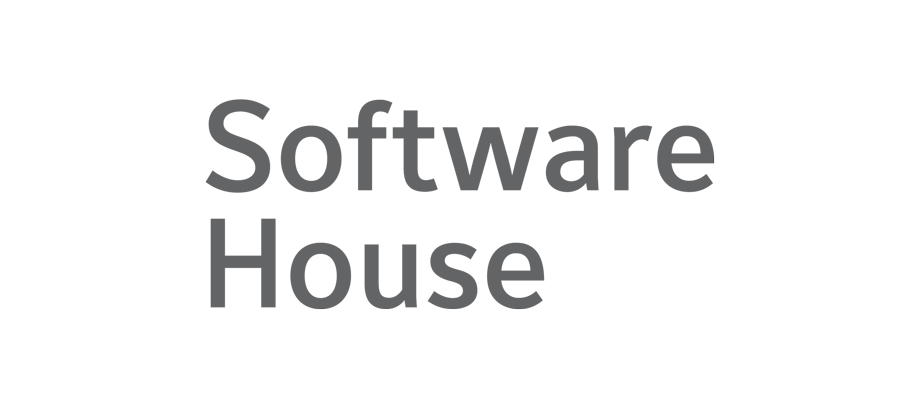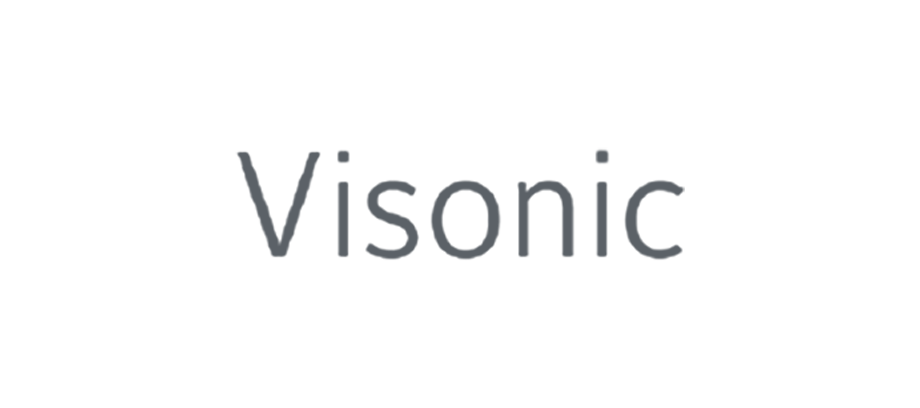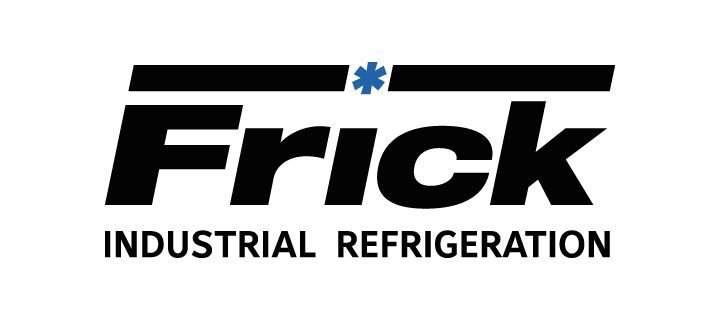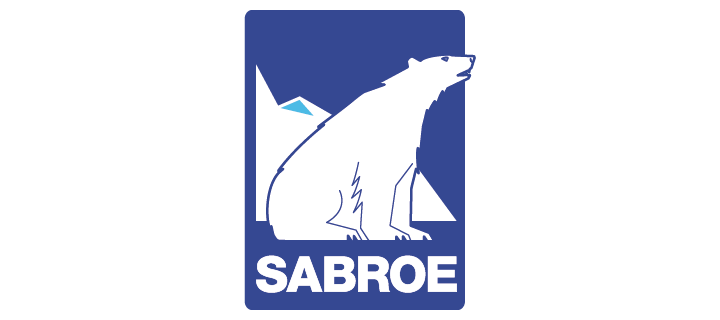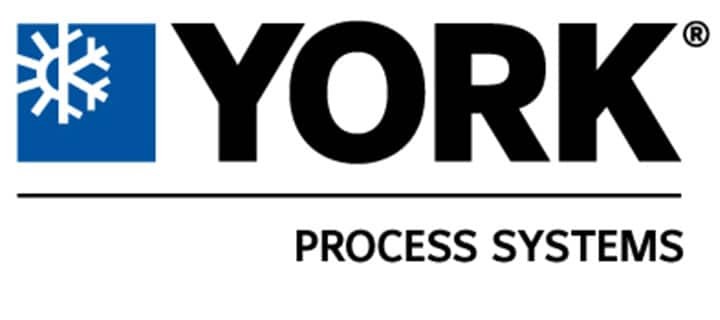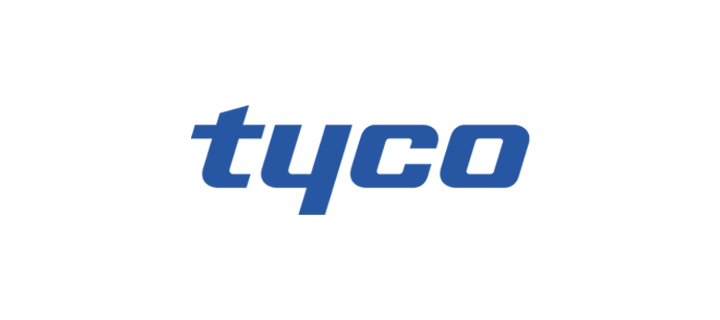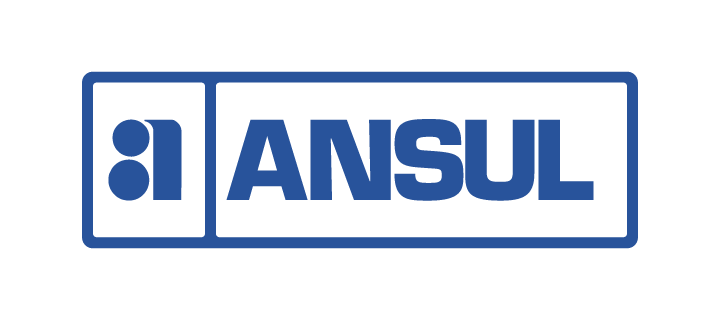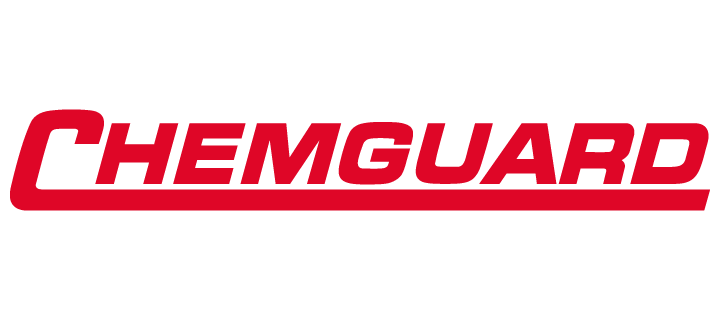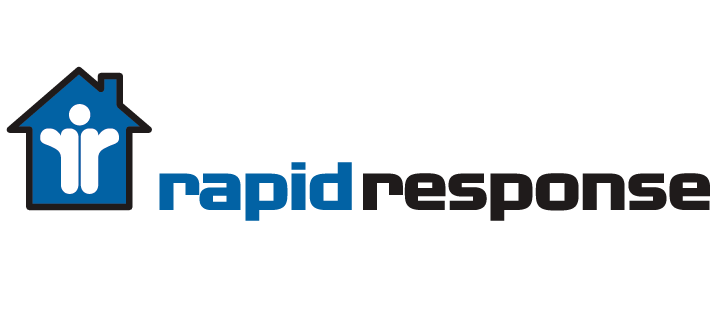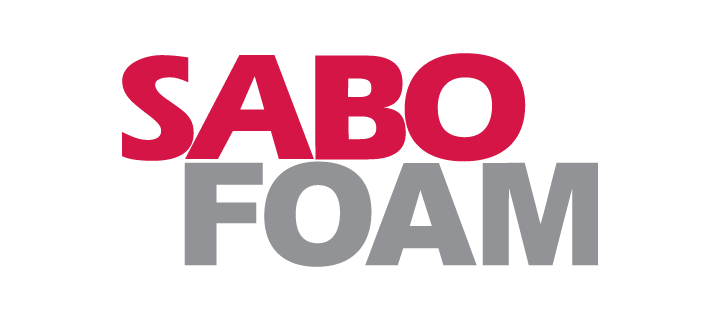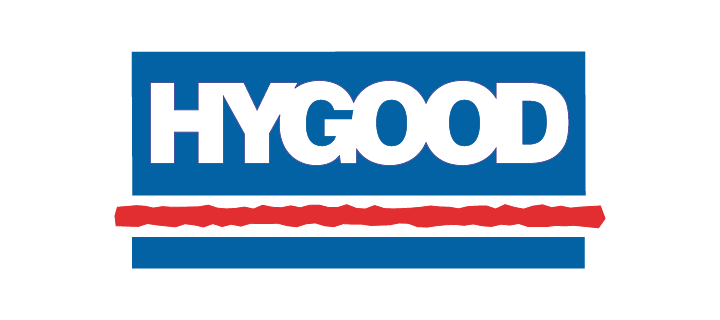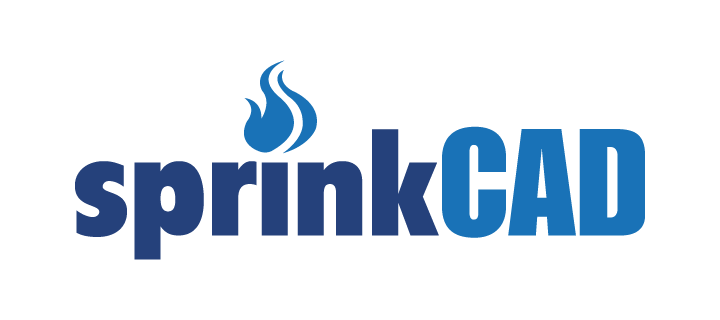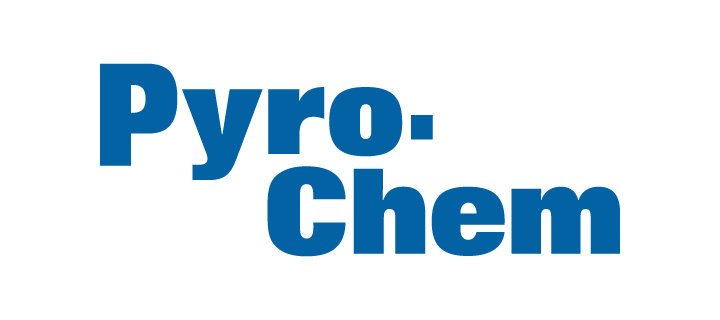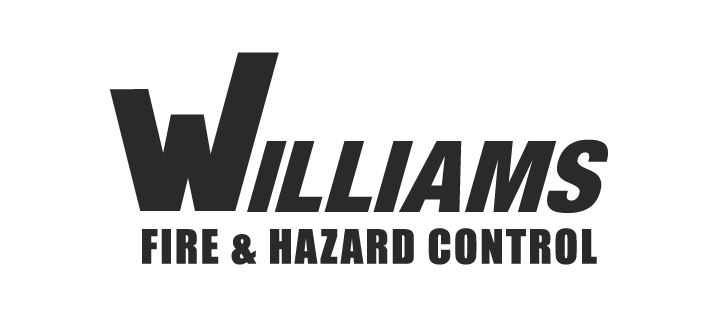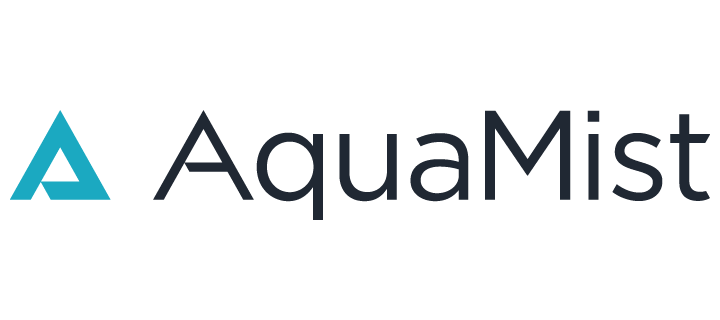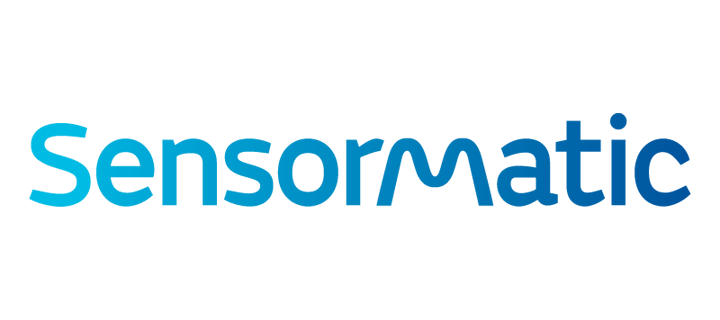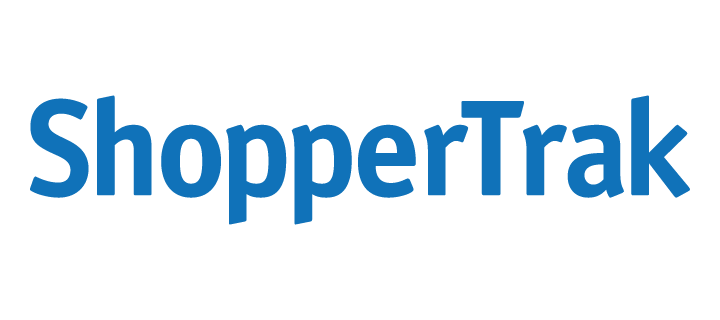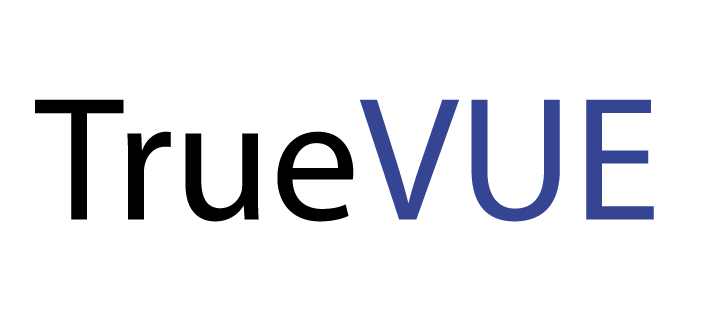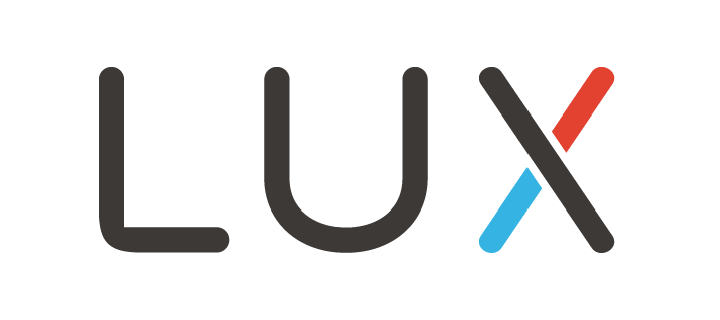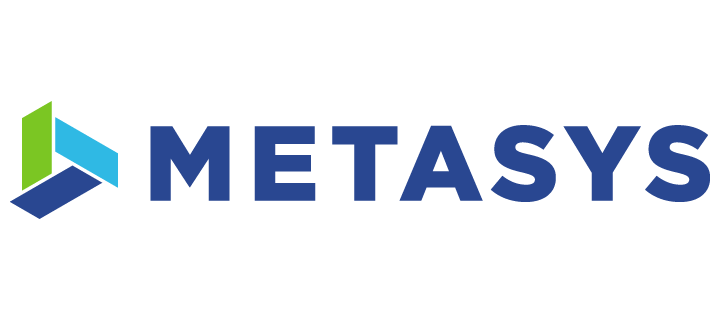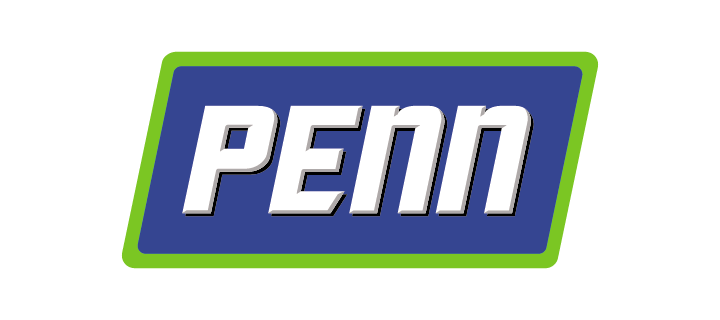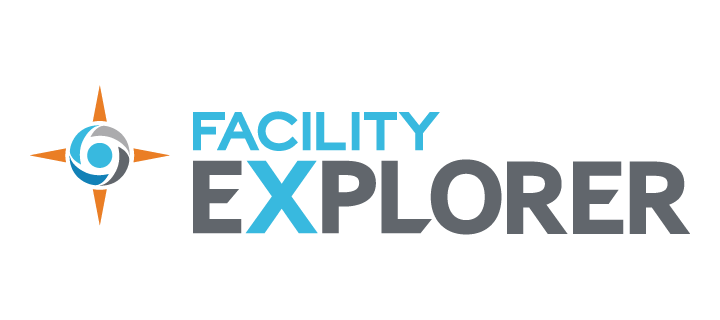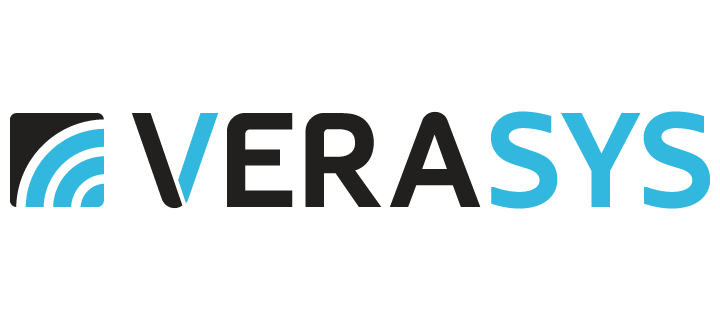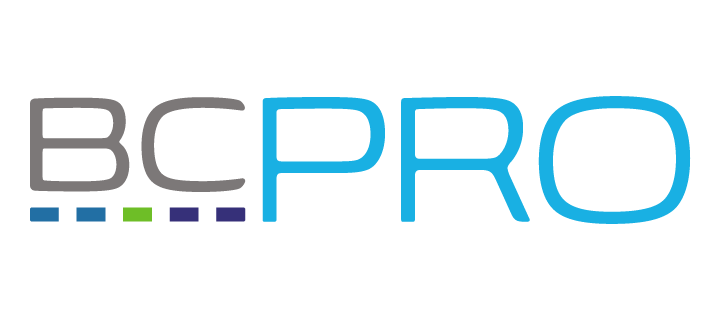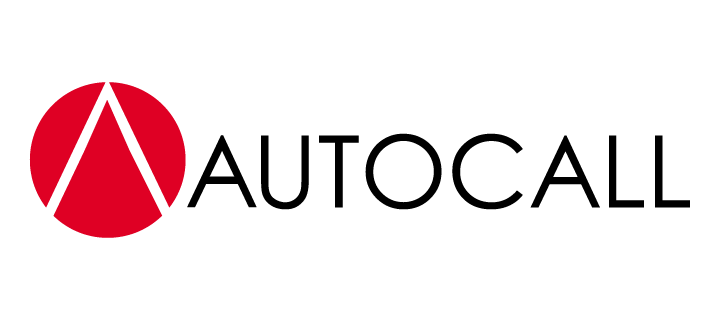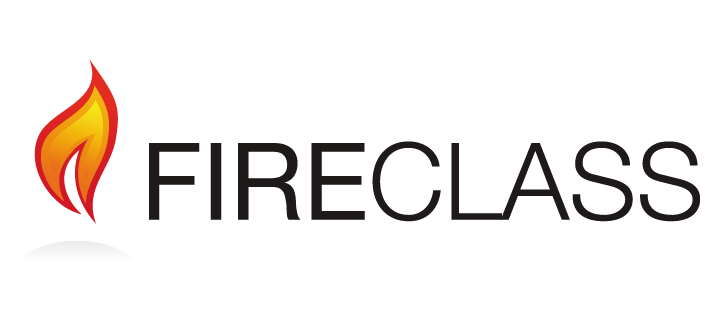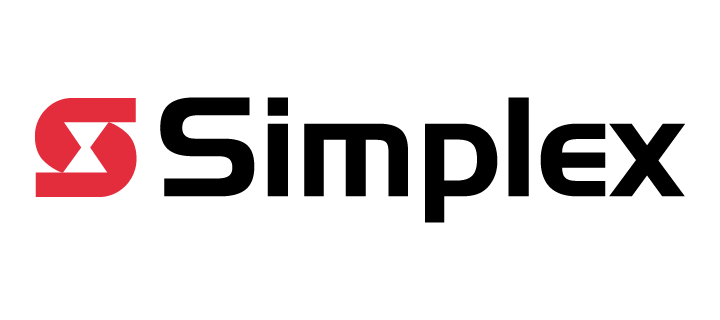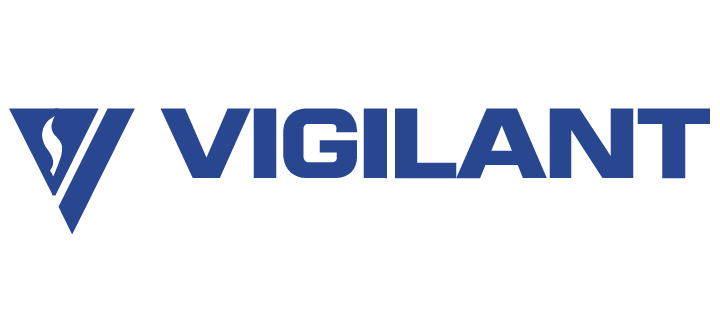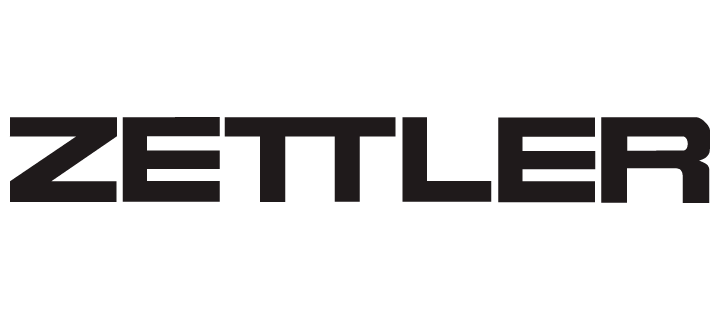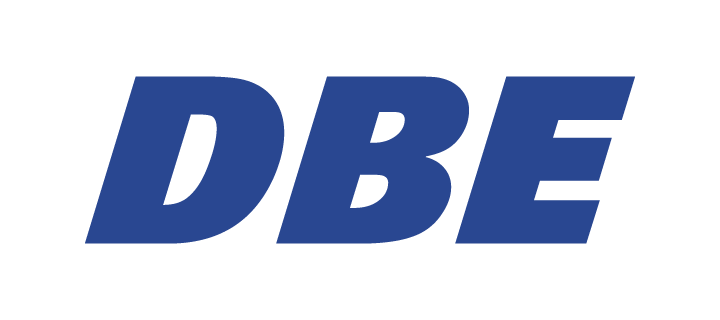Why Are We Failing to Achieve Leadership Diversity?
The latest report by World Economic Forum found that it will take 257 years to close the economic gender gap – much worse than the 2018 prediction of 202 years.
Despite best efforts, why are we still failing to remedy this?
In celebration of International Women’s Day and inspired by success stories like Unilever’s recent achievement of a gender-balanced leadership, HRD reached out to two HR leaders to get insights on how to achieve a genuine #EachforEqual culture at work. Johnson Controls’ Gina Gao shares more about the company’s strategy to ensuring greater diversity and inclusion.
HRD: As the world works towards achieving at least 30% female representation at the board level, how can leaders tackle and avoid tokenism?
GG: The key to tackling and avoiding tokenism is understanding the data that supports the most inclusive culture possible.
Diversity of thought, experience, cultural and gender diversity are vital to driving innovation, productivity and profitability. There is a global war for talent and the only way to win is to be an employer of choice that attracts the absolute best.
While we take pains to ensure that our hiring slate always includes female candidates, we are not just looking for the best women employees – we want the best employees, period.
The fact that we have hired more female engineers than the industry average in Japan is the result of our genuinely inclusive approach to hiring, rather than a quota-led tactic. We will embrace diversity and celebrate differences as a world-class employer, and we will win with our people.
HRD: What are top mistakes HR leaders make when designing and implementing a D&I strategy? How can they avoid it and achieve a genuine culture of inclusivity at their organisations?
GG: The biggest mistake is perceiving that D&I is a program that is not owned by every employee. Leadership commitment is key to success and it sets the tone for the company, but every employee needs to be on board for inclusiveness to become the norm.
Often, much of D&I design from an HR perspective is focused on diversity. Inclusion is often an afterthought. But the goal is not merely to hire diverse employees. If the culture is not welcoming and understanding, they will not be retained.
To avoid these pitfalls, start with the end in mind. The end is an inclusive workplace that celebrates diversity.
You may be interested in
Don’t limit women to what we can or can’t do: Saisunee Jommed
Empower young women to advance in the STEM professions by giving them role models and support, says Johnson Controls Thailand’s head of country services Saisunee Jommed.
She is Setting New Chapters for Women in STEM Careers
Cicci Xi is looking to enhance the inclusivity and diversity work culture at Johnson Controls in the region.
She is Up for Getting More Girls Interested in Tech
As a data science lead in Johnson Controls, Chloe Li is applying her expertise in machine learning and AI for the next generation of smart and connected building solutions.
She is Up for the Tech Challenge to Create Smart Buildings
Spunky and talented, our software engineer based in Pune, Hemlata Tiwari, helmed one of the winning teams in this year’s Tech Challenge.
